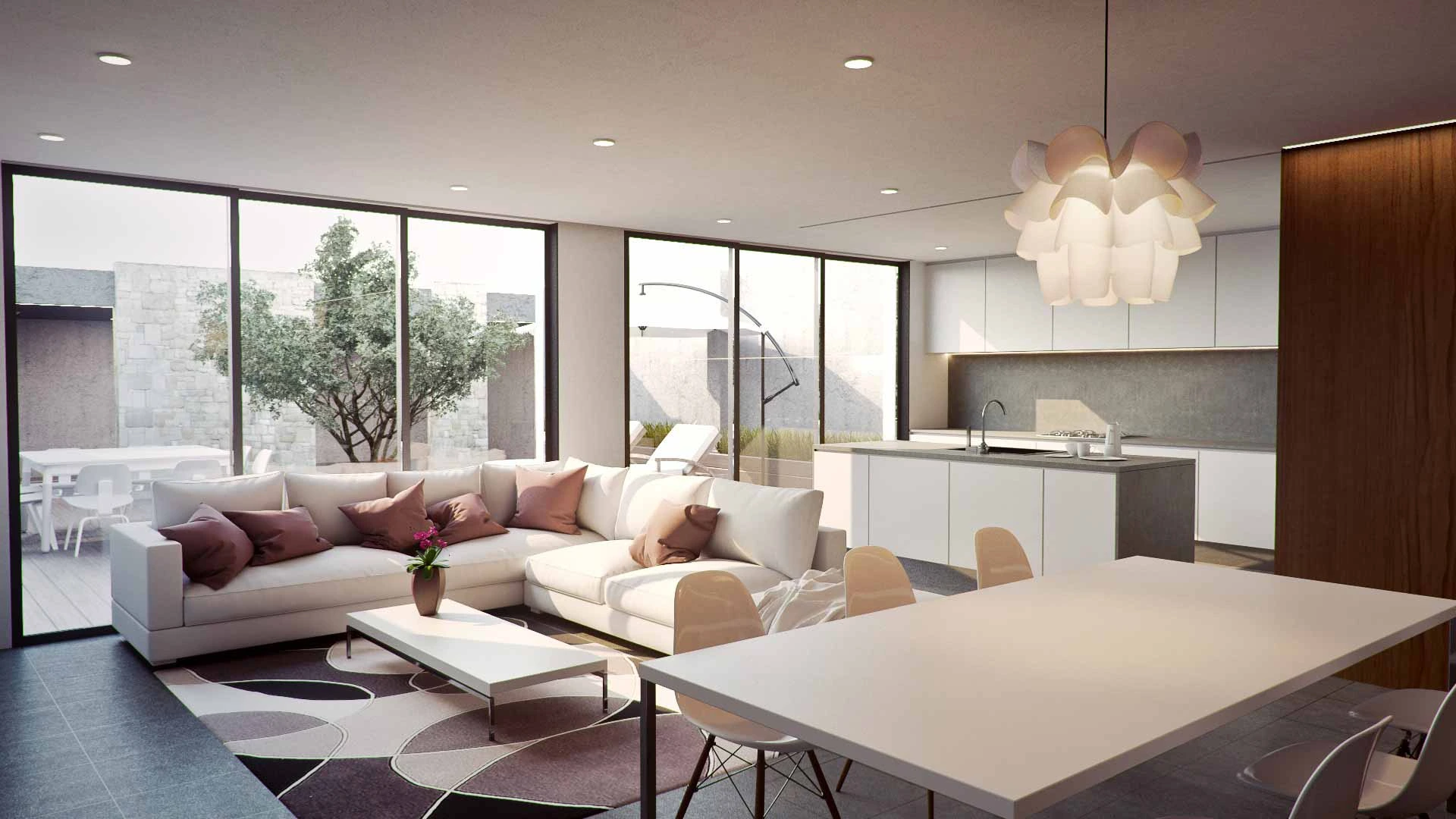When searching for a new home, it’s essential to consider not only the property itself but also the neighborhood in which it is located. Each neighborhood has its own unique characteristics, amenities, and lifestyle offerings. In this blog post, we will explore the importance of neighborhood profiles in real estate and provide insights on how to assess and choose the right community for your needs.
- Location and Accessibility
The location of a neighborhood is a crucial factor to consider. Assess the proximity to your workplace, schools, medical facilities, and other essential amenities. Evaluate transportation options, such as access to major highways, public transportation, and walkability. Choosing a neighborhood with convenient access to key destinations will enhance your daily life and potentially add value to your property in the long run.
- Demographics and Community Atmosphere
Understanding the demographics and community atmosphere of a neighborhood is vital in determining whether it aligns with your lifestyle preferences. Research factors such as age groups, family-friendly amenities, cultural diversity, and community engagement opportunities. Consider whether you prefer a quiet and peaceful environment or a vibrant and bustling community. Visit the neighborhood during different times of the day to gauge its ambiance and get a sense of the local atmosphere.
- Safety and Security
Safety is a top priority when selecting a neighborhood. Research crime rates, speak with local law enforcement, and consult online resources that provide neighborhood safety scores. Look for well-lit streets, well-maintained public spaces, and the presence of neighborhood watch programs. A safe and secure neighborhood will provide peace of mind for you and your family.
- Schools and Educational Facilities
For families with children or those planning to start a family, the quality of schools and educational facilities in the neighborhood is crucial. Research the reputation of the local schools, including public, private, and charter options. Consider the availability of preschools, daycares, and extracurricular activities. A neighborhood with excellent educational institutions can enhance your children’s learning experience and contribute to the long-term value of your property.
- Amenities and Services
Assess the availability of amenities and services that are important to you. Consider the proximity of grocery stores, shopping centers, restaurants, parks, and recreational facilities. Research the availability of healthcare facilities, gyms, libraries, and community centers. Access to these amenities will contribute to your quality of life and convenience.
- Real Estate Market and Property Values
Analyze the real estate market and property values in the neighborhood. Look at recent sales data, trends, and future development plans. Assess the potential for property appreciation and the overall stability of the market. Consult with a local real estate agent who can provide insights into the neighborhood’s market dynamics and help you make informed decisions.
- Lifestyle and Entertainment Options
Consider your lifestyle preferences and the availability of entertainment options in the neighborhood. Are you looking for a vibrant arts and culture scene, trendy restaurants, or a thriving nightlife? Assess the presence of parks, recreational areas, and outdoor activities that align with your interests. Choosing a neighborhood that offers the lifestyle and entertainment options you desire will contribute to your overall satisfaction with your new home.
Conclusion
Neighborhood profiles are essential tools for finding the perfect community that aligns with your lifestyle and preferences. By considering factors such as location and accessibility, demographics and community atmosphere, safety and security, schools and educational facilities, amenities and services, real estate market trends, and lifestyle and entertainment options, you can make an informed decision and find a neighborhood that will truly feel like home. Take the time to research and visit different neighborhoods, speak with local residents, and consult with a real estate professional who can provide valuable insights.




